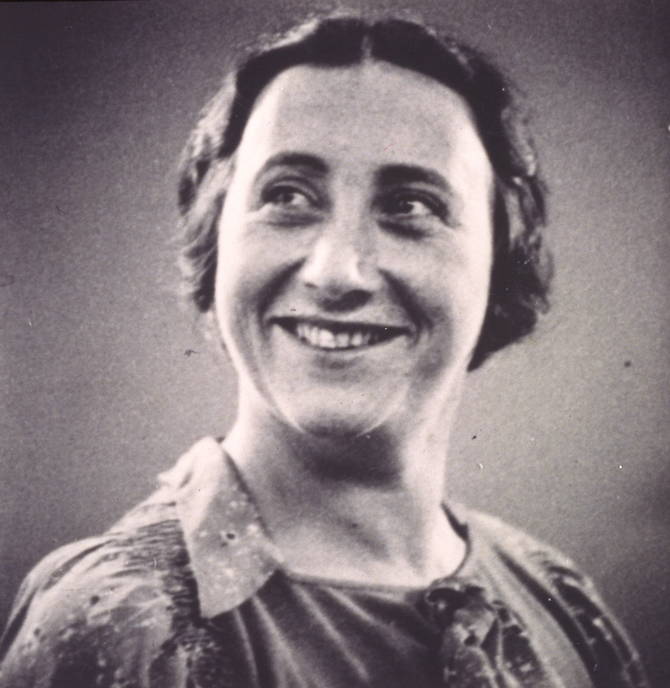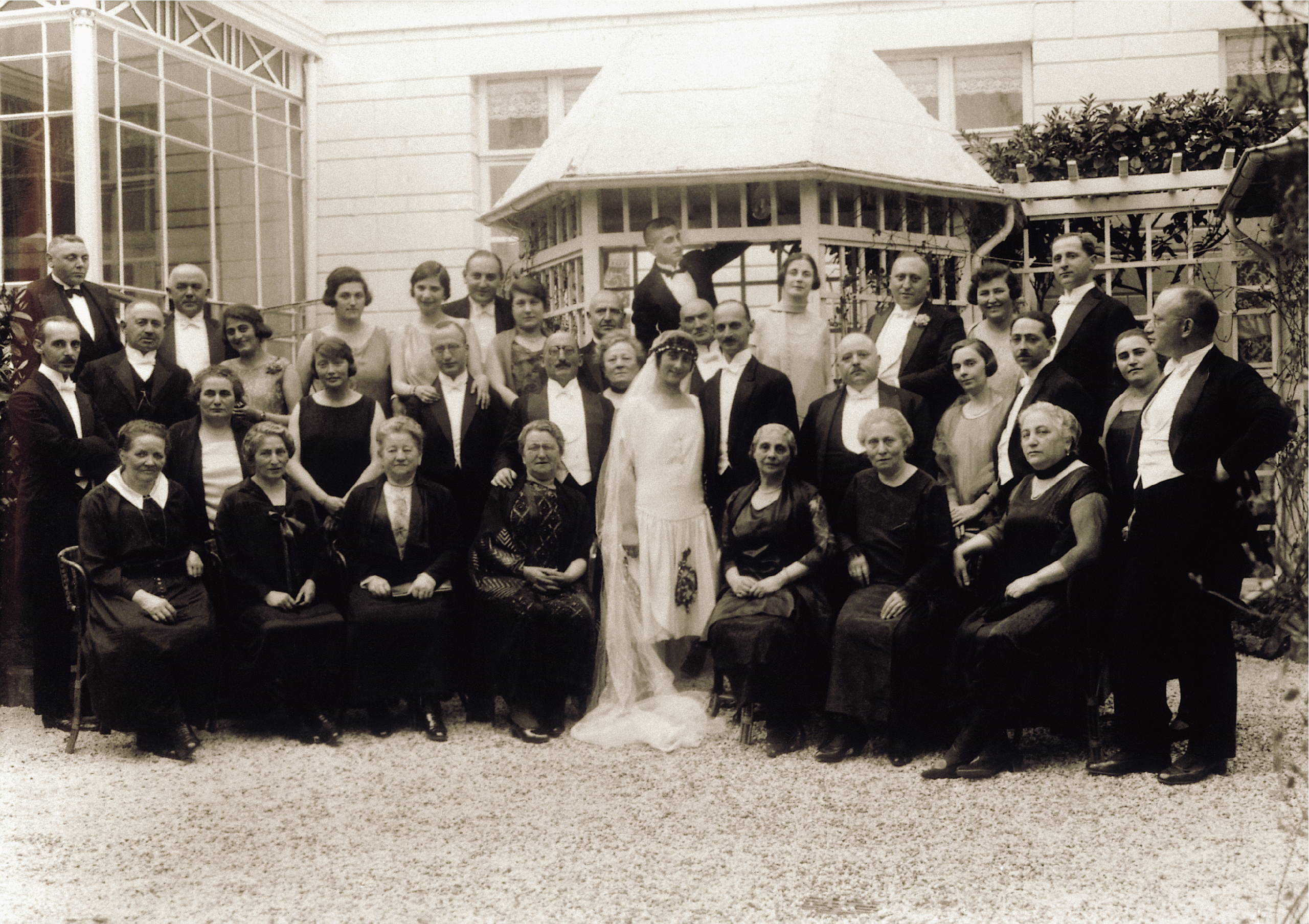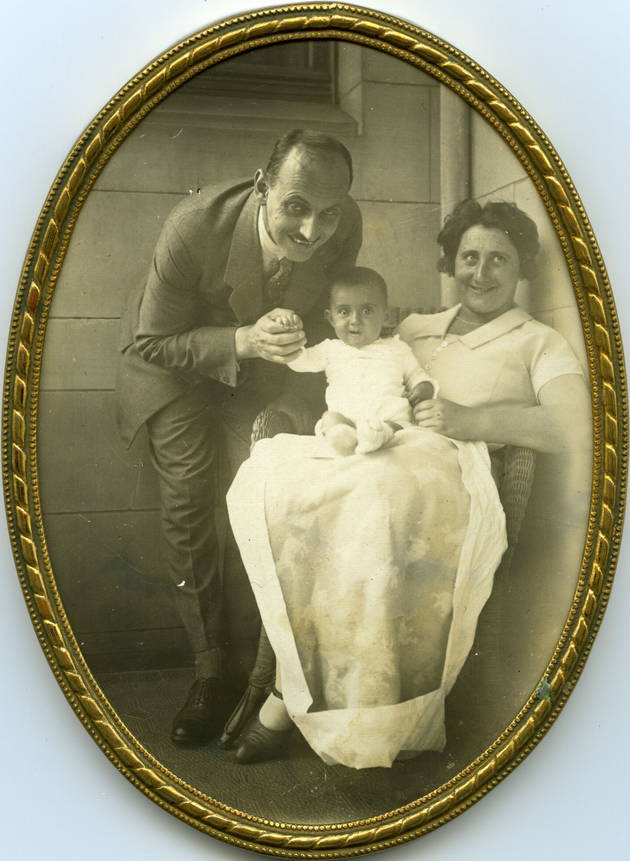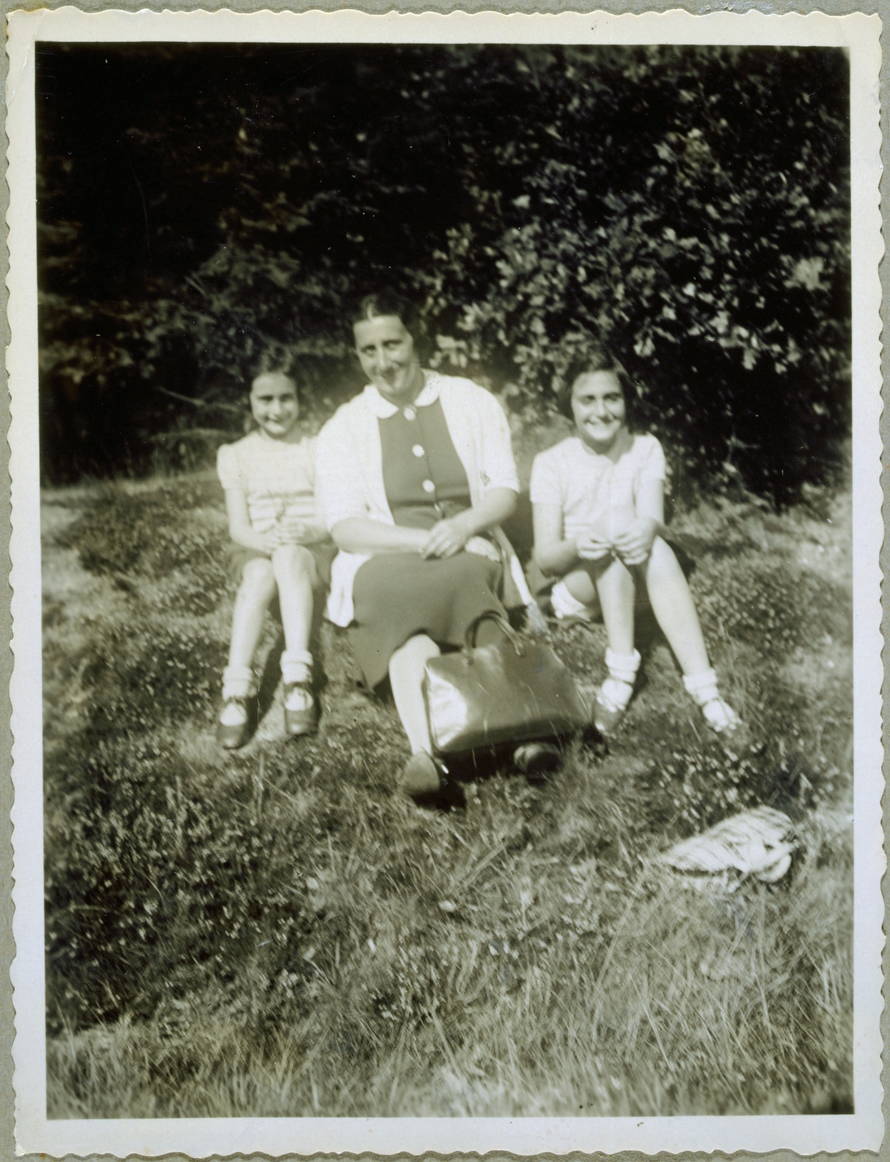«Dear Kitty!
This morning, when I had nothing to do, I leafed through the pages of my diary and came across so many letters dealing with the subject of ‘Mother’ in such strong terms that I was shocked. I said to myself, ‘Anne, is that really you talking about hate? Oh, Anne, how could you?
I continued to sit with the open book in my hand and wonder why I was filled with so much anger and hate that I had to confide it all to you. I tried to understand the Anne of last year and make apologies for her, because as long as I leave you with these accusations and don’t attempt to explain what prompted them, my conscience won’t be clear. I was suffering then (and still do) from moods that kept my head under water (figuratively speaking) and allowed me to see things only from my own perspective, without calmly considering what the others – those whom I, with my mercurial temperament, had hurt or offended – had said, and then behaving as they would have done.
I hid inside myself, thought of no one but myself and calmly wrote down all my joy, sarcasm and sorrow in my diary. Because this diary has become a kind of scrapbook, it means a great deal to me, but I could easily write ‘over and done with’ on many of its pages.
I was furious at Mother (and still am a lot of the time). It’s true, she didn’t understand me, but I didn’t understand her either. Because she loved me, she was tender and affectionate, but because of the difficult situations I put her in, and the sad circumstances in which she found herself, she was nervous and irritable, so I can understand why she was often short with me.
I was offended, took it far too much to heart and was insolent and beastly to her, which, in turn, made her unhappy. We were caught in a vicious circle of unpleasantness and sorrow. Not a very happy period for either of us, but at least it’s coming to an end. I didn’t want to see what was going on, and I felt very sorry for myself, but that’s understandable too.
Those violent outbursts on paper are simply expressions of anger that, in normal life, I could have worked off by locking myself in my room and stamping my foot a few times or calling Mother names behind her back. The period of tearfully passing judgement on Mother is over. I’ve grown wiser and Mother’s nerves are a bit steadier. Most of the time I manage to hold my tongue when I’m annoyed, and she does too»











